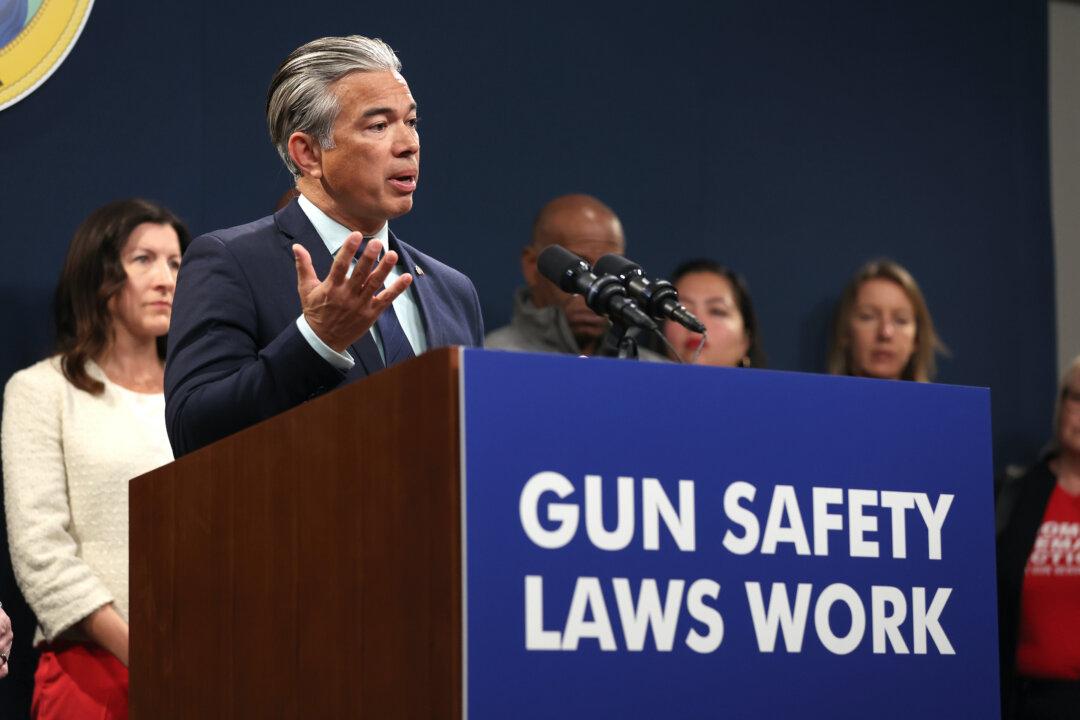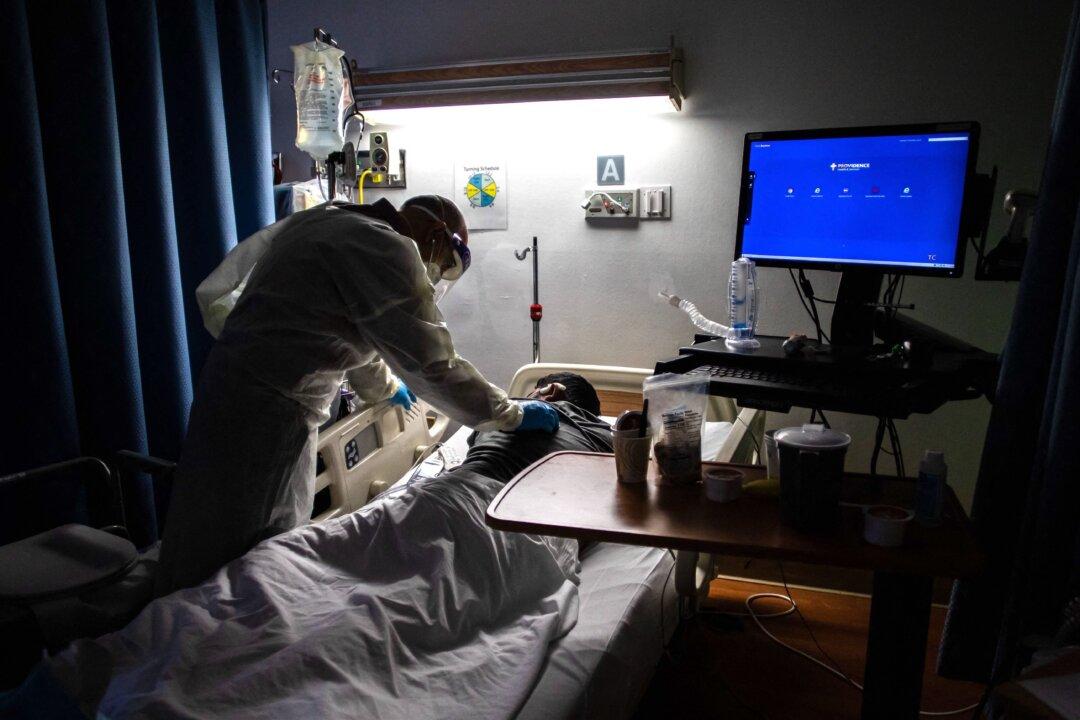Commentary
Can rehabilitative programming help reduce the likelihood that a convicted felon will victimize again upon release? It has been a question that the public, law enforcement, and budget-hungry non-governmental organizations have wrestled with for decades—and certainly will for the foreseeable future.





